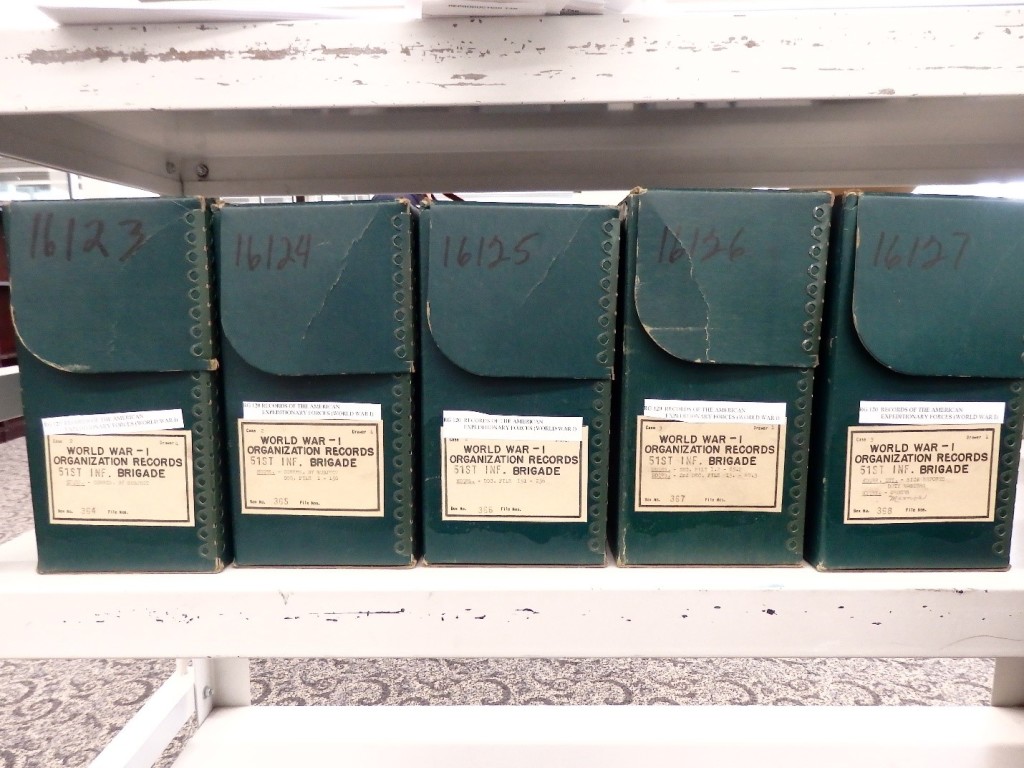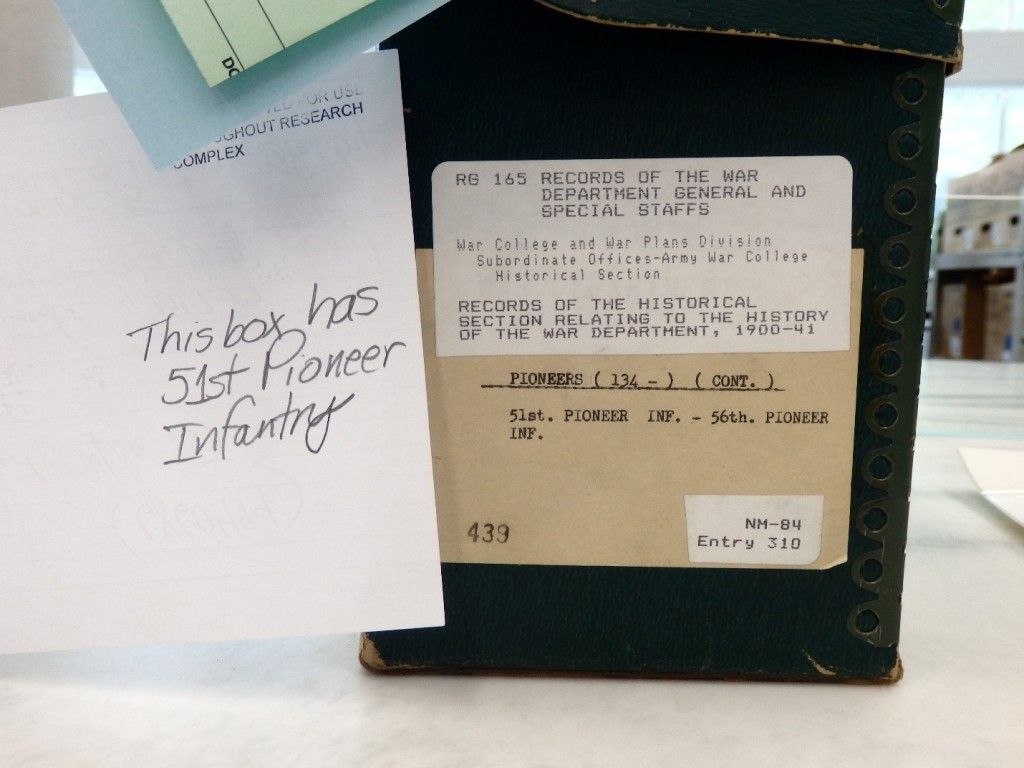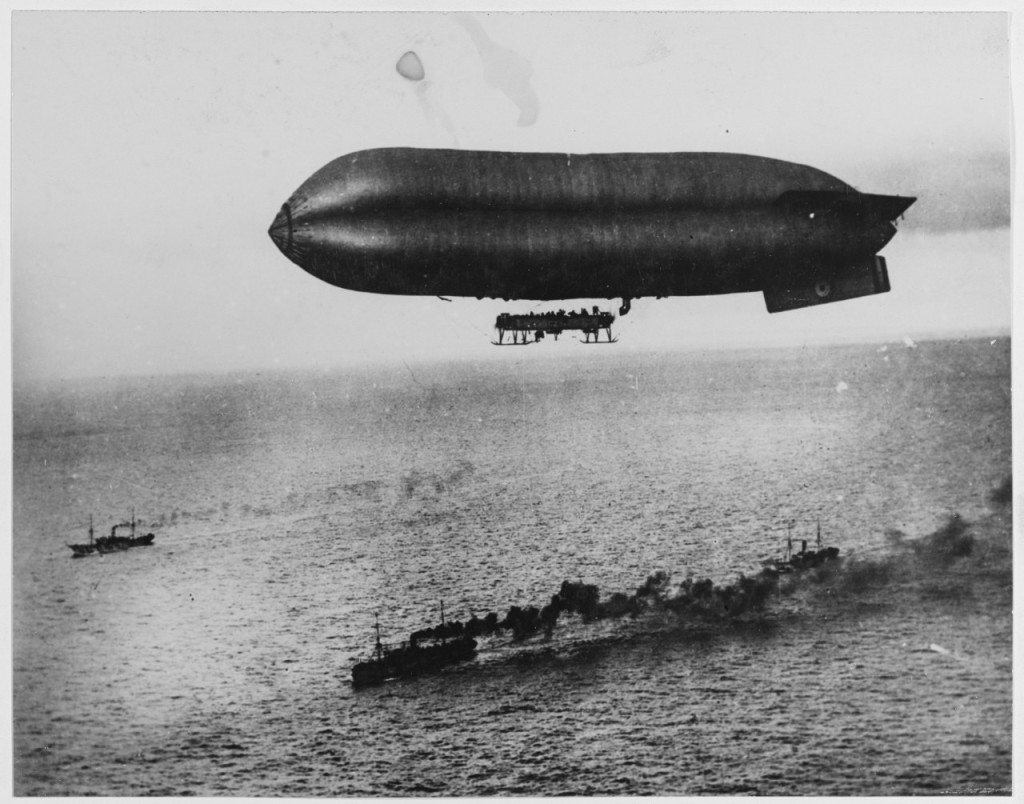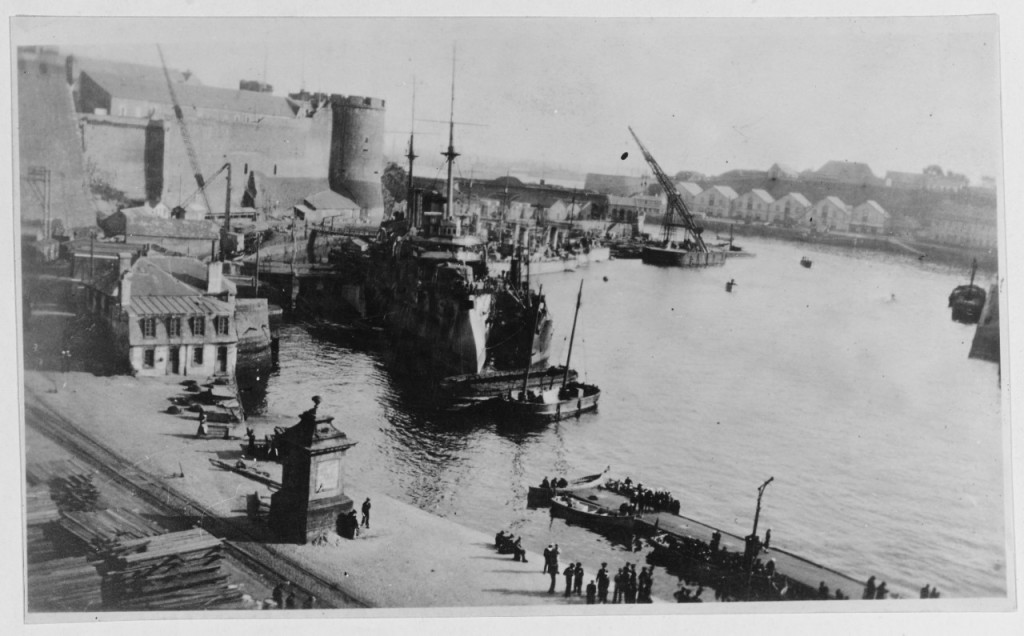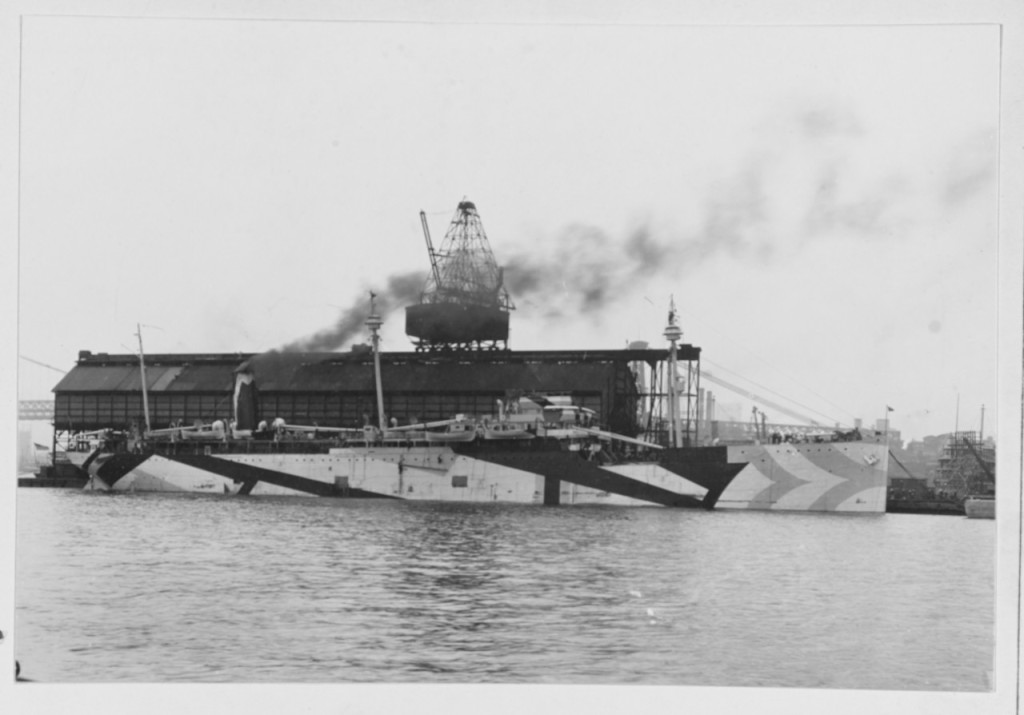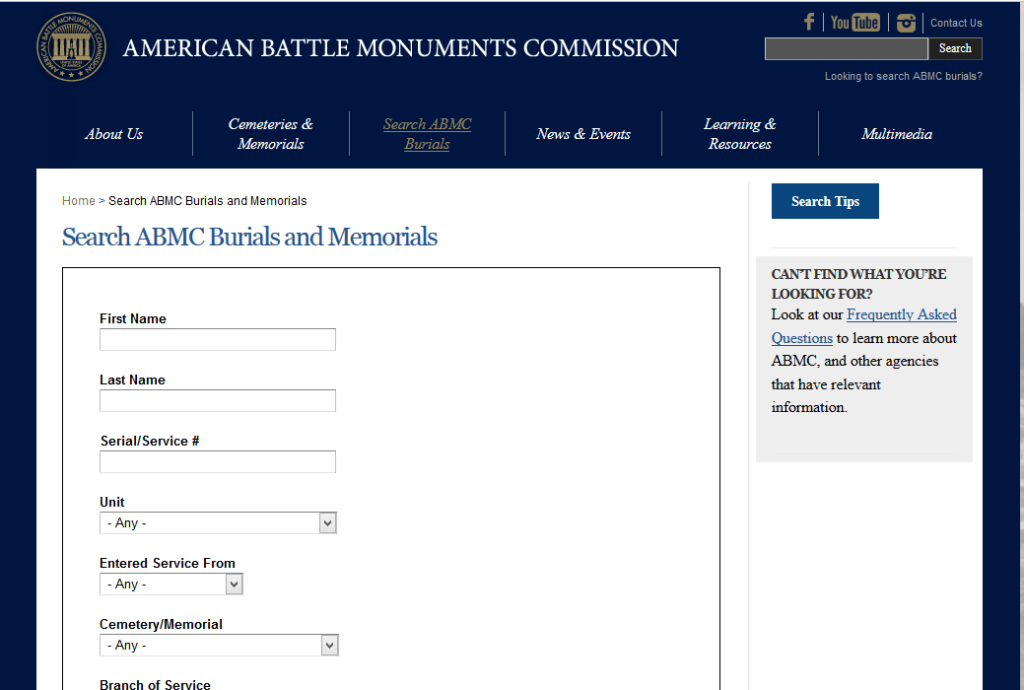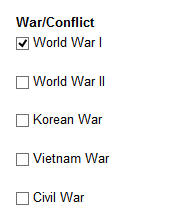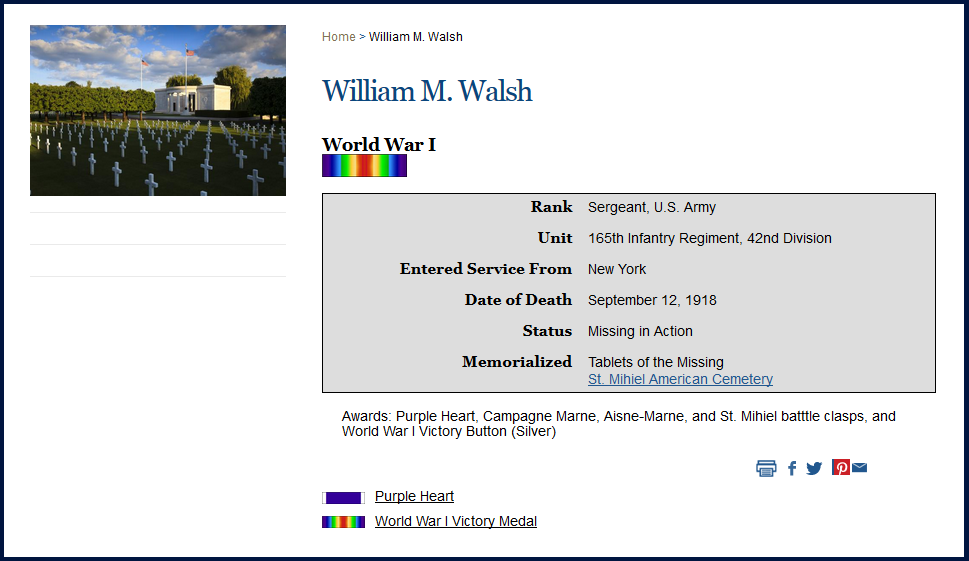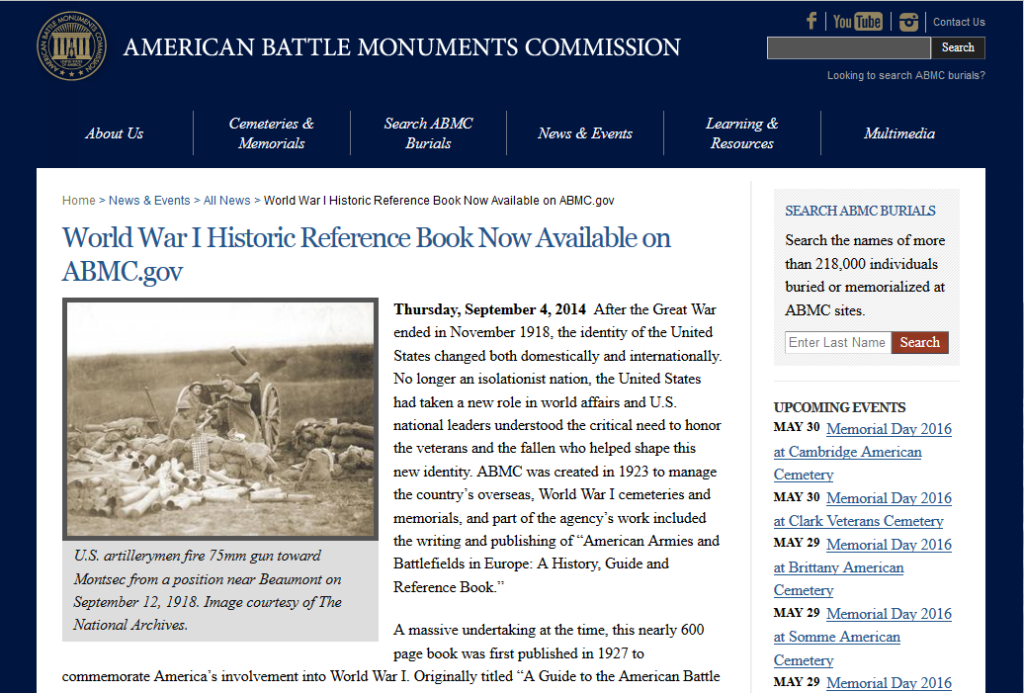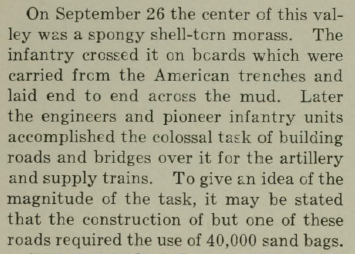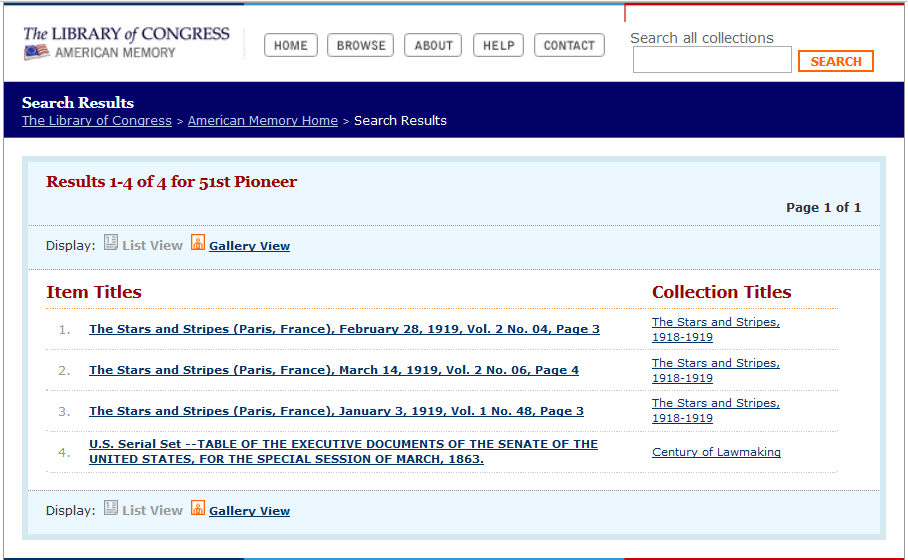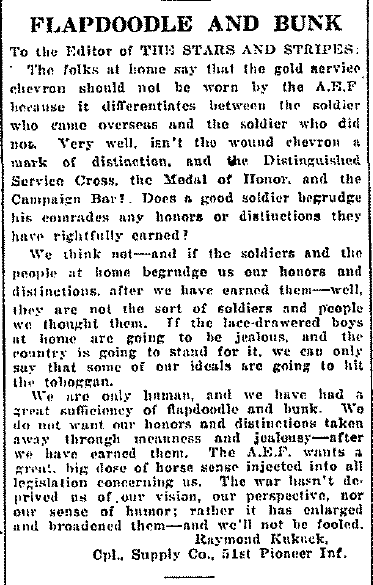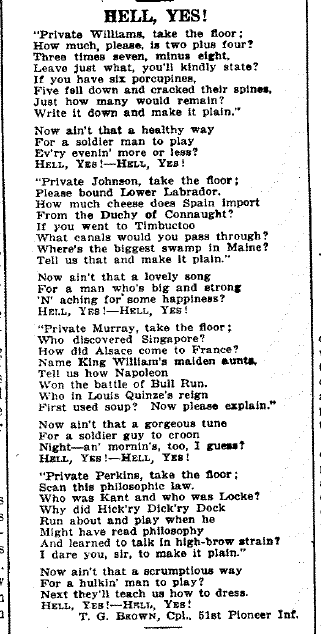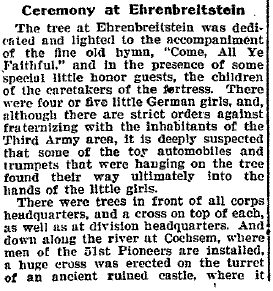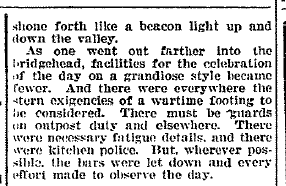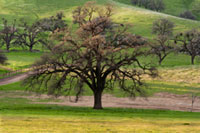Posted by
Dr. Mac on Mar 16, 2016 in
Military researchThe New York State Military Museum and Veterans Research Center is part of the New York State Division of Military and Naval Affairs (DMNA). It is located in Saratoga Springs, NY.
This blog post takes you on a tour of the Museum’s website. Hopefully will inspire those who have military ancestors from New York to investigate the material that can be found. Remember to look not only for your ancestor, but for information about the places and times that s/he served. Letters from or pictures of contemporaries may shed light on your ancestor’s experiences. (This approach might help you when you search the websites of military museums in other states.)
My particular interest is about the 51st Pioneer Infantry in World War I. The 51st Pioneer Infantry was formed from New York’s State 10th Infantry Regiment.
Since the Museum can only take request via mail, I did send them a letter and a small contribution. In the letter I told them that I was researching my Grandfather and the 51st Pioneer Infantry. I also shared a copy of my Grandfather’s Service Summary Card in case that would help, or prevent them from duplicating work that had already been done. I received information about the 10th in World War I, and the information that the digitized images that I found in their inventory were not yet available on the website.
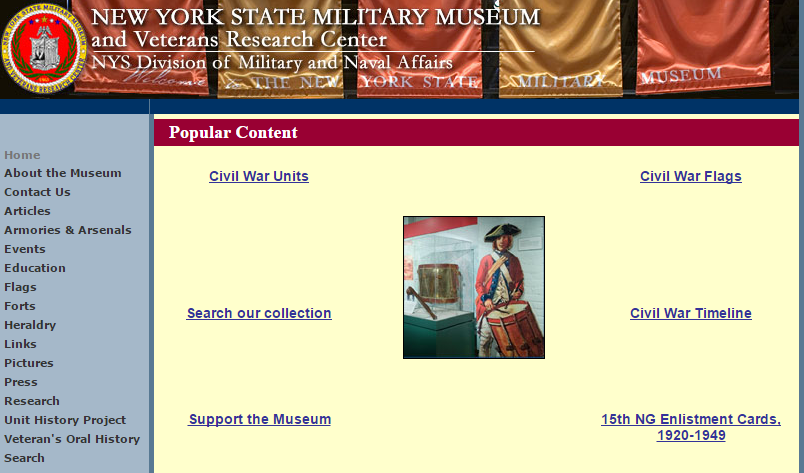
When you start, learn About the Museum.

Here you can learn about the holdings of the museum, as well as its location and hours. Key information is that you have to send your research inquiries by mail, as they do not have the staff to handle telephone requests.
Click on Research to find out what Resources they have online.
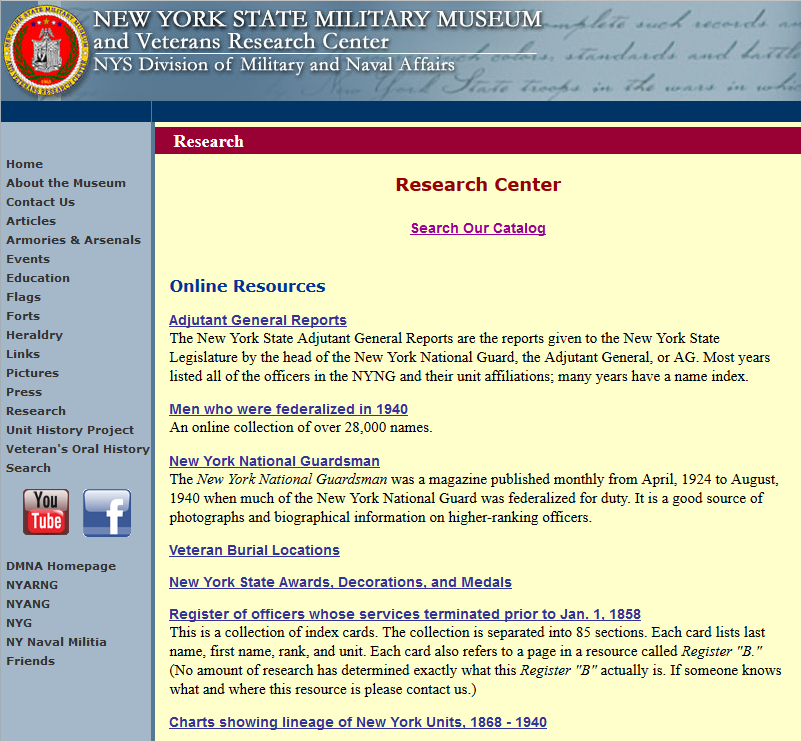
Veteran Burial Locations links to a page with links for Civil War Burial Cards and a link to a the New Horizons Genealogy website’s collection of Revolutionary War Graves of Soldiers Buried in New York. We are warned this list may be incomplete.
Scrolling down there is a link to Digitized Books. Click on it to see which digitized books are available on the Museum website.
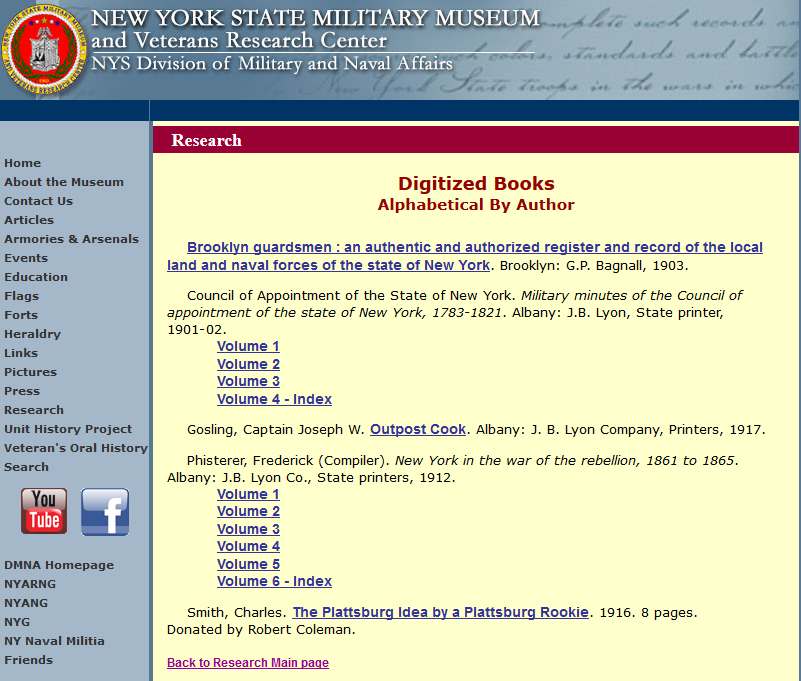
The Digitized books were worth checking out. “New York in the War of the Rebellion” might be interesting another time.
If you are a New York State veteran, you can select the link for Veteran’s Oral History, where you can learn about how to fill in a questionnaire, learn about the methods to record your history, or find a self-interview packet.
Click on the Unit History Project to view the New York State Unit History Project collecting Unit Histories for major conflicts. The website advertises that it is updated weekly.

I clicked on World War One, and the current offerings are shown below.

To search the collections, select Search from the menu on the left side.
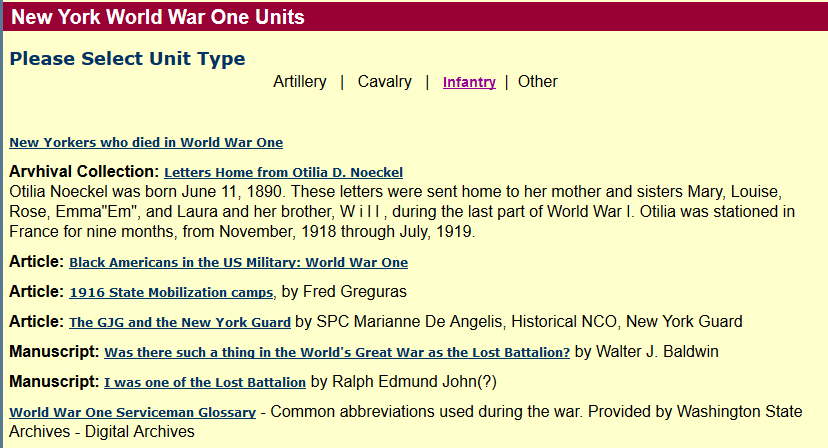
There is a choice of topics to search. To search everything except the roster database, select Search everything.

In the unit field, I entered: 51st Pioneer Infantry
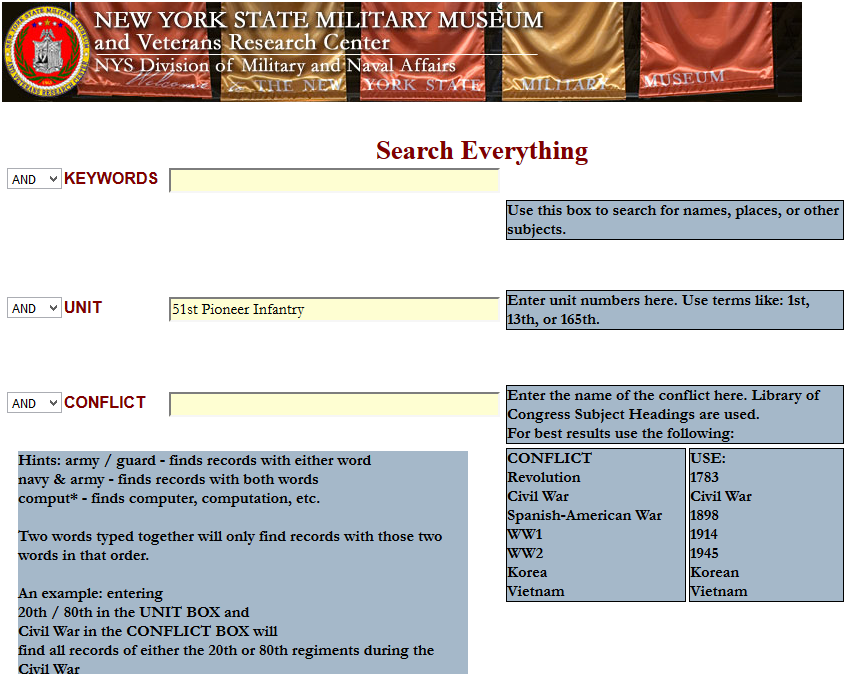
Click on the Submit Query button.
The results were in a book about Armories.

Searching for Keyword: Joseph McMahon gave no results. (To check I was doing this correctly, I went back and searched for the surname of a soldier who appeared in the search results. It worked.)
Searching for Unit: 51st and Conflict WW1 gave no results.
So, I searched for Unit: 51st

The results included World War, 1914-1918 United States. Army; World War, 1914-1918; and the unit United States. Army. Pioneer Infantry, 51st (1917-1919).
The results also included New York Infantry 51st Regiment in the Civil War.
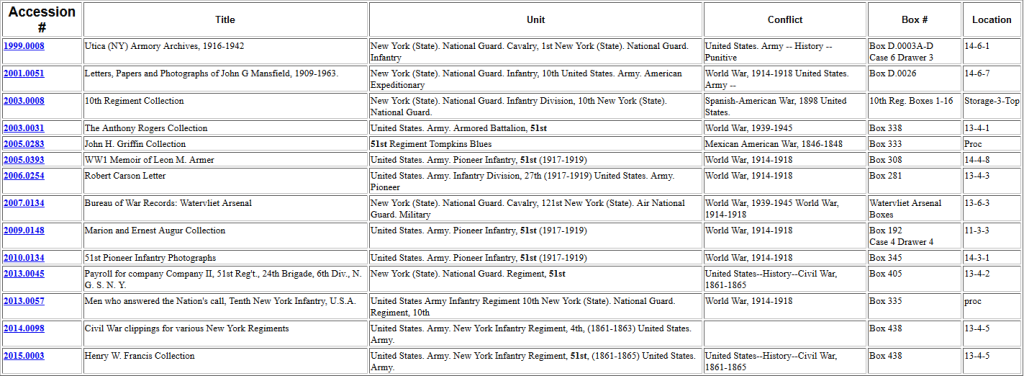
A couple of interesting entries were:

In the Photographs section there were several entries for the 51st Pioneer Infantry.

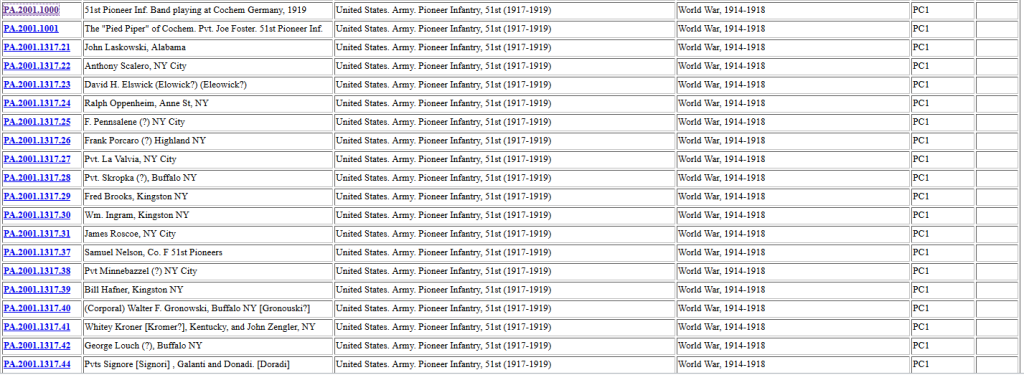
I did click through to the record description, but the links to the pictures were not working. I contacted the Museum and asked about the pictures and was told that they had been scanned, but not loaded onto the web server.
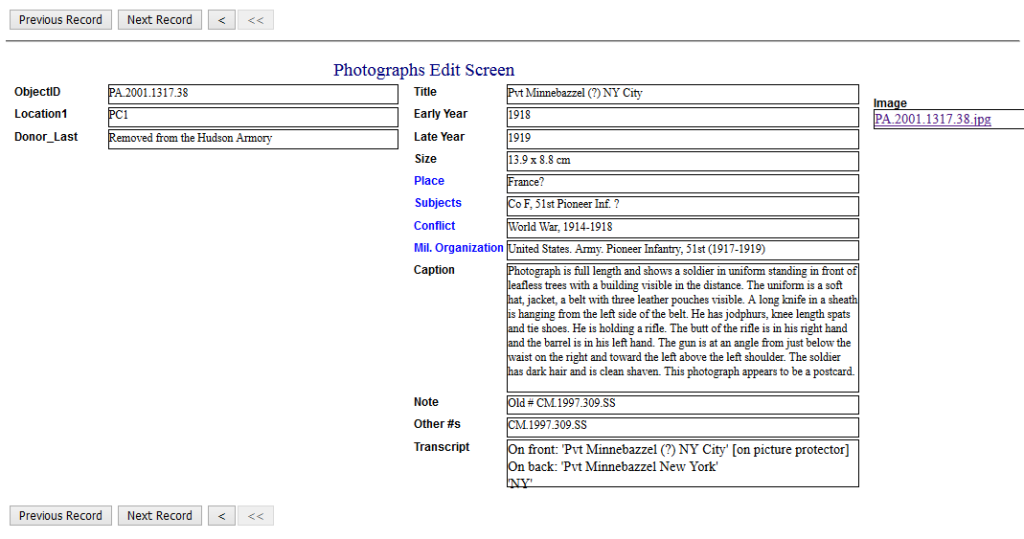
The individual records contain great information. Remember that you are looking for your ancestor, and also for pictures about the times where and when s/he served.
Good hunting and let me know if your find anything!

